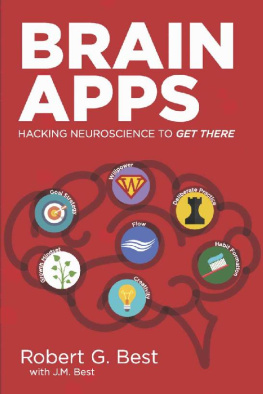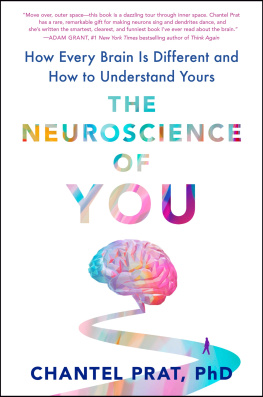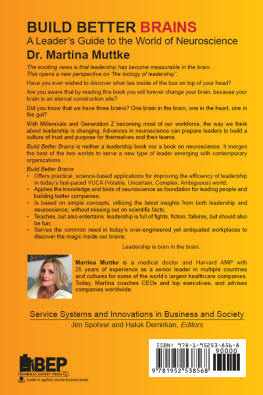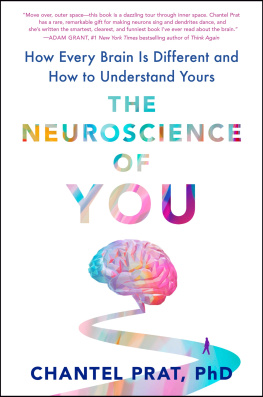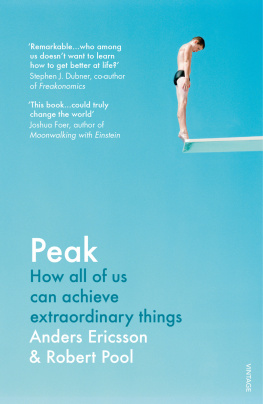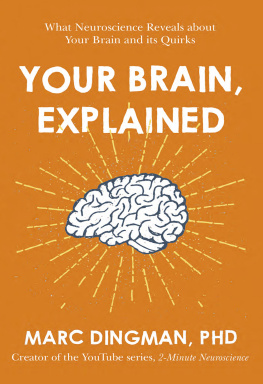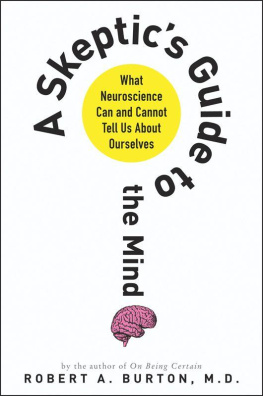Copyright 2017 Robert G. Best
KINDLE ISBN: 9781634924207
HARDCOVER ISBN: 9781634924184
PAPERBACK ISBN: 9781634924177
All rights reserved. No part of this publication may be reproduced, stored in a retrieval system, or transmitted in any form or by any means, electronic, mechanical, recording or otherwise, without the prior written permission of the author.
Parts of this book appeared in different form on Robert G. Bests blog site, Mindframewithrobb
Audio book link available at BestMindframe.com,
a division of Giant Pivot Table LLC.
Cover & book design by Vincent Skyers of UmbraSolutions.com
Edited by J.M. Best
Published by BookLocker.com, Inc.,
St. Petersburg, Florida, U.S.A.
BookLocker.com, Inc., 2017, First Edition
DISCLAIMER
This book details the authors personal experiences with and opinions about cognitive science. The author is not a licensed medical doctor.
The author and publisher are providing this book and its contents on an as is basis and make no representations or warranties of any kind with respect to this book or its contents. The author and publisher disclaim all such representations and warranties, including for example warranties of merchantability and specific advice for a particular purpose. In addition, the author and publisher do not represent or warrant that the information accessible via this book is accurate, complete or current.
The statements made about products and services have not been evaluated by the U.S. government. Please consult with your own legal, accounting, medical, or other licensed professional regarding the suggestions and recommendations made in this book.
Except as specifically stated in this book, neither the author or publisher, nor any authors, contributors, or other representatives will be liable for damages arising out of or in connection with the use of this book. This is a comprehensive limitation of liability that applies to all damages of any kind, including (without limitation) compensatory; direct, indirect or consequential damages; loss of data, income or profit; loss of or damage to property and claims of third parties.
You understand that this book is not intended as a substitute for consultation with a licensed medical, legal or accounting professional. Before you begin any change your lifestyle in any way, you will consult a licensed professional to ensure that you are doing whats best for your situation.
This book provides content related to cognitive science topics. As such, use of this book implies your acceptance of this disclaimer.
Prologue
What separates the supremely accomplished from the rest of us? Is genius learned or innate? Those questions have haunted us for decades. About four years ago, we embarked on a mission to find answers. The more we delved into the mysteries of what makes people successful and howor even ifthose traits can be learned, the more two things quickly became apparent.
First, that it all seemed to lead back to neuroscience. To improve your behavior, skills, and thinkingto truly pursue excellenceyou must maximize your brains potential. Learning how to do that means both looking at some surprising new insights about how the brain works, and unlearning some harmful myths.
Second, we discovered that these lessons are startlingly universal. When we studied people operating at the top of their game, whether it was business, music, sports, or science, a few common truths seemed to emerge.
You cant always choose your circumstances or experience the bright lights of fame. But if your goal is to radically improve your skills and master something successfully, that is absolutely within your control. You can create brain apps that will take you wherever you want to go.
This book can be read in two ways. You can approach it as a curious observer, pulling back the curtain on genius and the path people have followed to get there. Or, you can read it as a how-to, a blueprint for the steps necessary to harness your own brainpower for your best chance of success at work, play or life.
Either way, youll likely pick up a few brain hacks youll find useful.
We hope you enjoy reading this book as much as we enjoyed researching and writing it.
Robert G. Best
J.M. Best
Chapter 1
Mindset App
Imagine that we can travel back in time to 1995. Were in New York City, standing on the steps of Manhattans Fiorello H. LaGuardia High School.
If La Guardia High sounds familiar, you might recognize it as the School of the Performing Arts from the movie Fame. That said, theres nothing glamorous about its appearance, a giant boxy structure of cement and glass. The building is old and beat-up; it feels more like a prison than a high school. You walk through the double doors and after a couple of twists and turns, you climb down a flight of concrete stairs into the basement. From here, we make our way toward the back of the building, where you can hear the school band practicing.
How do they sound? Like every high school band in every state, in every city or town of this country: mixed. That is to say, the players run the full spectrum: some of them are really good, and some are only average.
And within four years, the vast majority of them will have moved on to something else. The instruments theyre playing now, in 1995, will wind up in attics, garages and crawl spaces. Not a lot of kids keep pursuing the tuba or the piccolo after theyve landed their first full-time job. Not a lot of kids take their timpani to college. The horns and drums are more likely to be sold, thrown out or, for the more desperate, pawned.
But at least one of those instruments in La Guardia High School will not end up in a pawnshop. It belongs to a guy in the brass sectionnot just any guy, but Dave Guy.
Its a bit of fluke that Dave even got this far. Hed wanted to play trumpet since seventh grade, but the position was already filled, and his junior high band teacher talked him into playing the clarinet instead.
And so Dave began his musical career as a very half-hearted clarinetist. He wasnt interested, rarely practiced, and as a result, never got that good. Our story could end right here, with Dave Guy as just another former band kid, except for one lucky thing: in the middle of the year, the band director left unexpectedly.
When the new band teacher showed up, Dave didnt mess around. Nice to meet you, he said. Im Dave Guy, Im the trumpet player.
Why was young Dave so determined to follow this path? Had the legendary Louis Armstrong inspired him? Was he enchanted by the music of Miles Davis or Chet Baker?
Nope.
When we interviewed him later, Dave gave three reasons for his early interest in the trumpet:
First, it was shiny. Second, he thought it had a cool-looking shape. Last, and most importantly, It was really loud!
Whatever the initial draw, as we survey the band room of La Guardia High School, that loud, gleaming trumpet is all Daves. Dave Guy loves playing the trumpet. But if wed been talent scouts, standing in that basement in the mid-nineties, we probably wouldve walked right past him.
Daves a junior, shy, a little pudgy, quiet when hes not playing. Hes not the best trumpeter in the area. He isnt even first chair in his high school bandjust one of countless other aspiring teenage musicians, patiently filling in that backup position. In 1995, he does not command attention. He is not a standout, not the next big thing.

